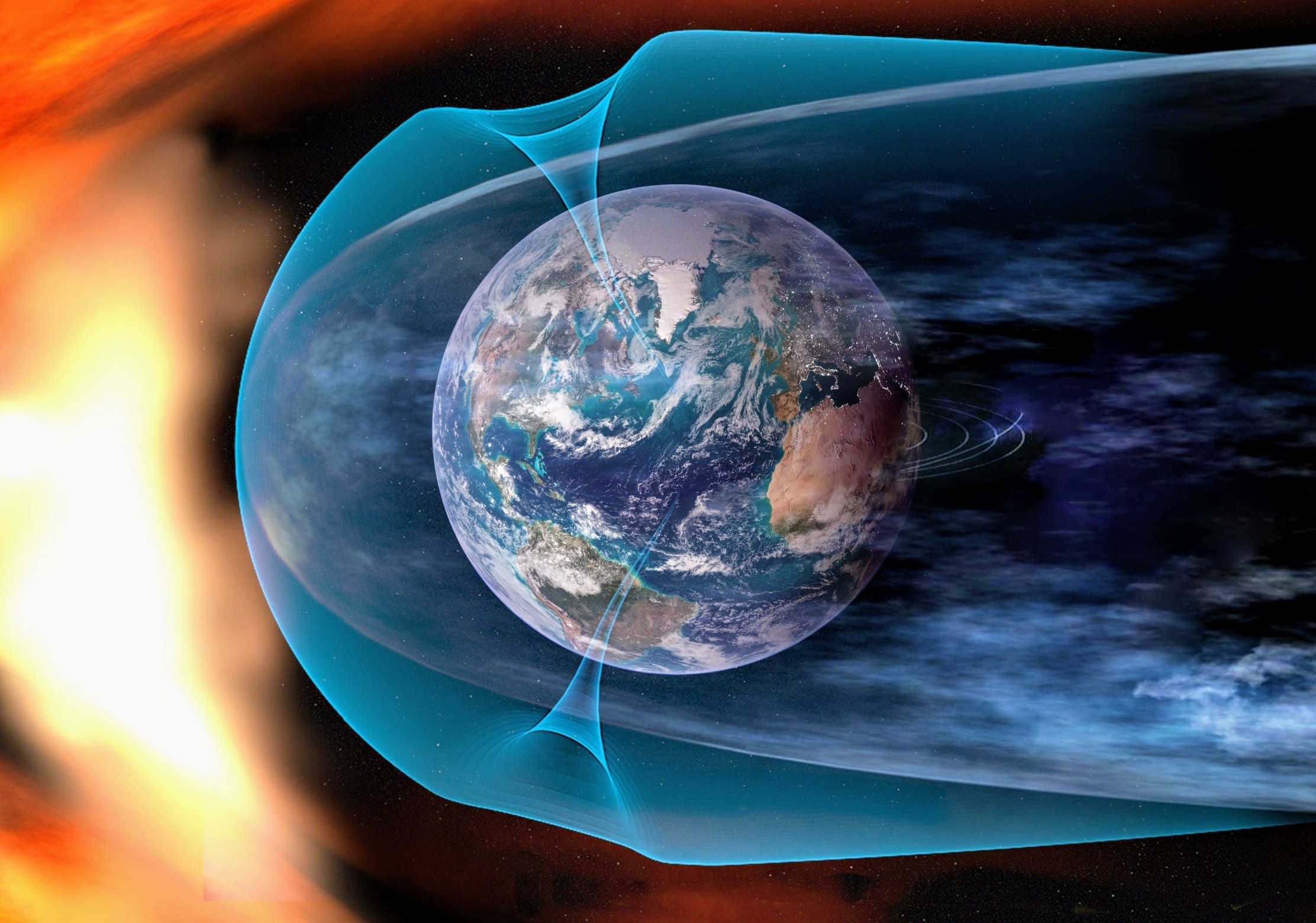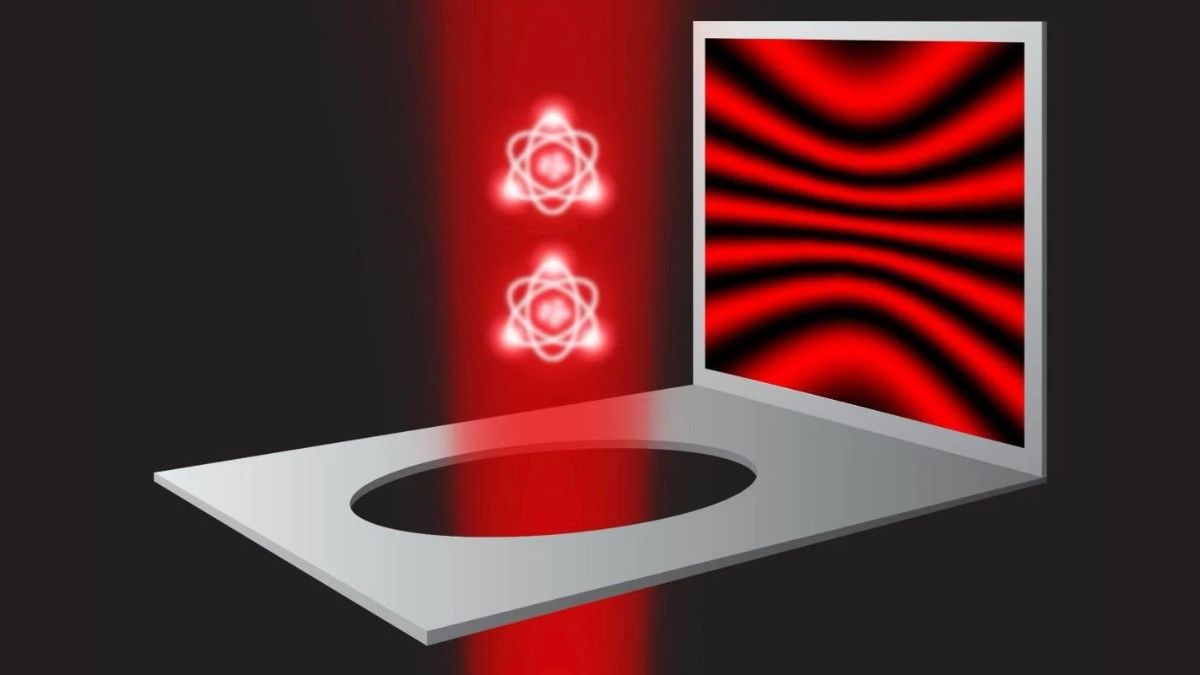China's Historic Tianwen-2 Mission to Collect Samples from Near-Earth Asteroid

In an exciting development for space exploration, China is poised to make history with the anticipated launch of its Tianwen-2 spacecraft, likely scheduled for the end of May. This mission aims to collect samples from a near-Earth asteroid, marking the nation’s inaugural interplanetary sample-return endeavor.
The ambitious project, as reported by the state-run broadcaster CCTV, signifies a crucial step in China’s rapidly evolving space program and intensifies the ongoing global competition in asteroid research and exploration.
The Tianwen-2 probe was transported to the Xichang Satellite Launch Centre on May 14. Currently, it is undergoing meticulous final inspections and systems checks to ensure everything is in perfect working order ahead of its impending liftoff.
Once launched, the mission will be propelled into space by a Long March-3B rocket. The primary target for this mission is asteroid 2016 HO3, also referred to as Kamooalewa. This small asteroid, measuring approximately 100 meters in diameter, is classified as a “quasi-satellite” due to its unique orbit around the sun, which is closely synchronized with Earth’s path.
The Tianwen-2 spacecraft is equipped with a mechanical arm designed to scoop up dust and regolith from the surface of 2016 HO3. It will utilize a combination of touch-and-go and anchoring techniques to accomplish this challenging task.
Once the samples are collected, the probe is expected to return at least 100 grams of material back to Earth within a span of approximately two and a half years. These samples are anticipated to yield invaluable insights into the early solar system and enhance our understanding of planetary formation processes.
In addition to its primary mission of exploring asteroid 2016 HO3, Tianwen-2 is also slated to journey onward to study comet 311P, thereby significantly expanding the scope and objectives of the mission. To achieve its scientific goals, the spacecraft is outfitted with an impressive array of instruments, including spectrometers, high-resolution cameras, a radar sounder, and a magnetometer, all of which are intended to analyze the composition and structure of its celestial targets.
This groundbreaking asteroid mission follows in the footsteps of successful sample-return operations conducted by both the United States and Japan, further showcasing China’s commitment to advancing its space exploration capabilities. Notably, this initiative builds upon China’s recent accomplishments, including the Chang’e-6 mission, which successfully returned samples from the far side of the moon in 2024.
Looking to the future, China has ambitious plans that include a Mars sample-return mission, known as Tianwen-3, which is tentatively slated for around 2028. This indicates a continued commitment to exploring not only asteroids and comets but also Mars, further establishing China as a formidable player in the realm of space exploration.





























